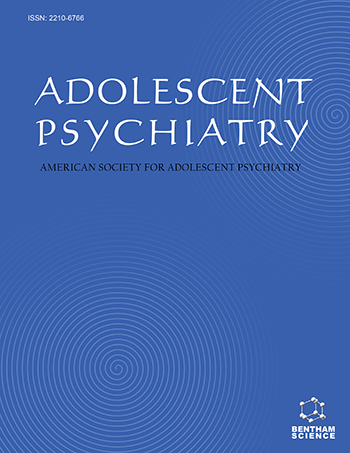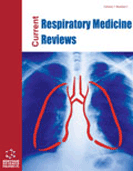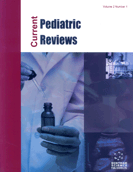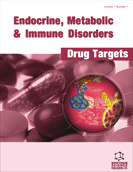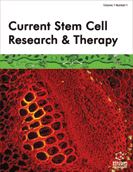Abstract
Background: Lithuania is a country in a state of prolonged transition toward becoming a developed democracy. Child welfare and juvenile justice system face both positive developments but also serious failures. In this article we conduct a systematic analysis of challenges and developments of health and social services for children and youth at risk in Lithuania. In addition to that we address the question of juvenile justice with a particular focus on the assessment of institutional care residencies.
Results: Our findings show that although Lithuania has succeeded to a considerable extent in implementing pilot projects and programmes in the health care and social sectors, it has failed so far on a more systematic level. Analysis of the juvenile justice system shows that crime and other offenses are among the biggest juvenile problems in Lithuania.
Discussion/Conclusions: The barriers to effective changes include lack of political will and commitment to restore balance within the bio-psychosocial paradigm and to develop effective preventive services and to reduce heavy reliance on residential care. Social welfare policies are still not oriented towards the inner capacity building in a young personality, reintegration into school, and entrance into the labour market.
Keywords: Children at risk, health, juvenile justice, Lithuania, social services.


